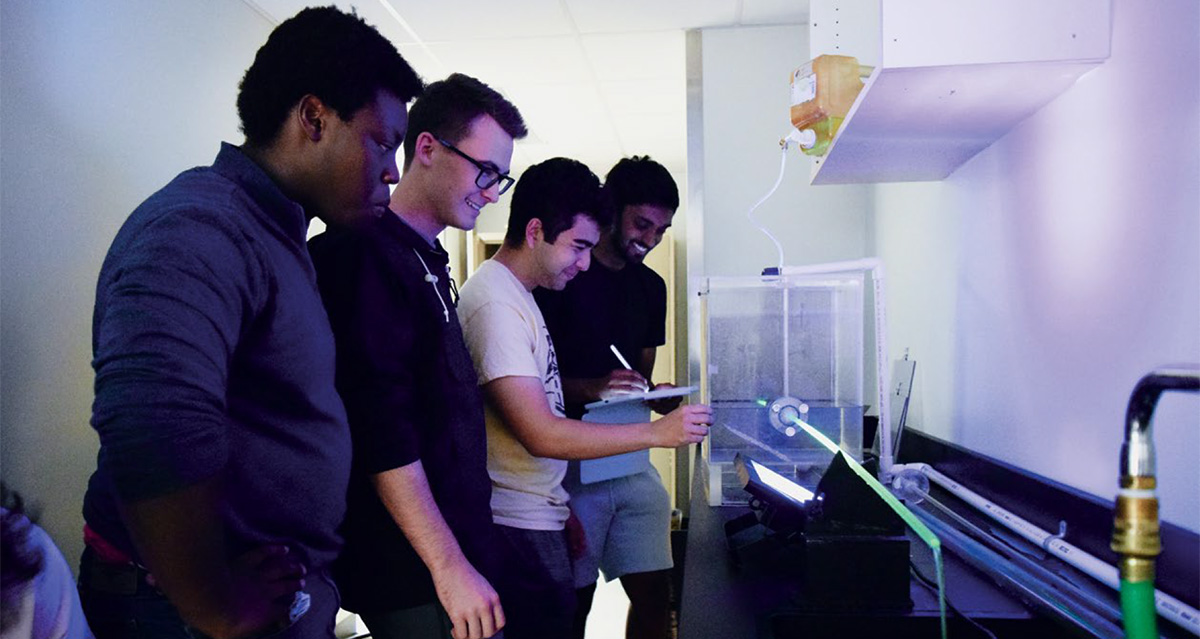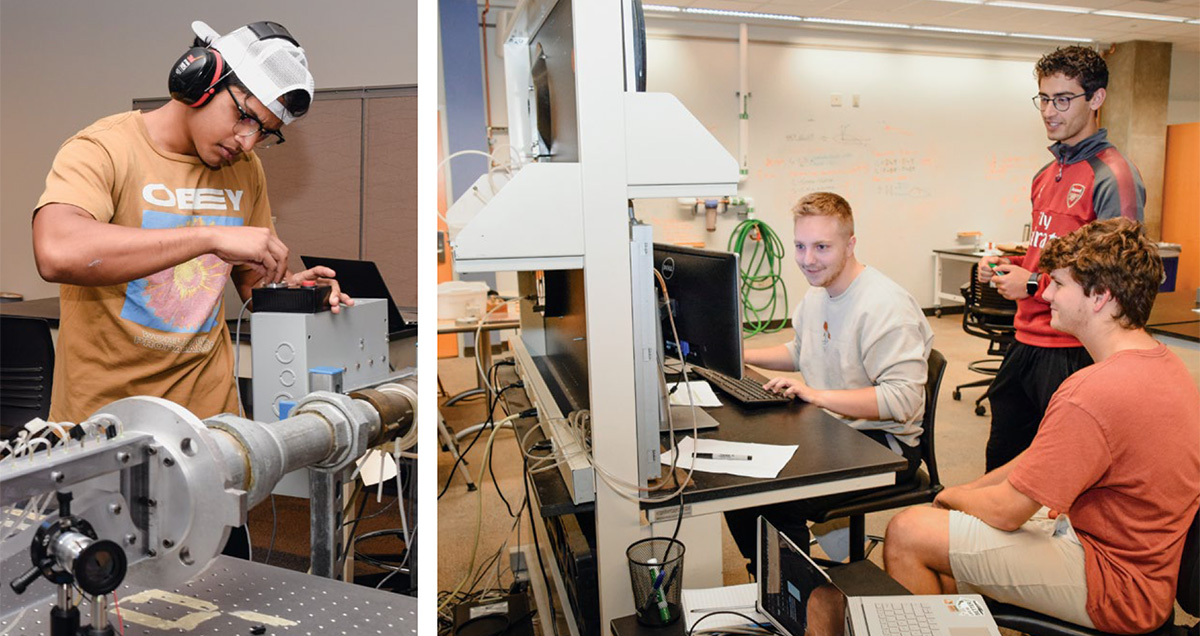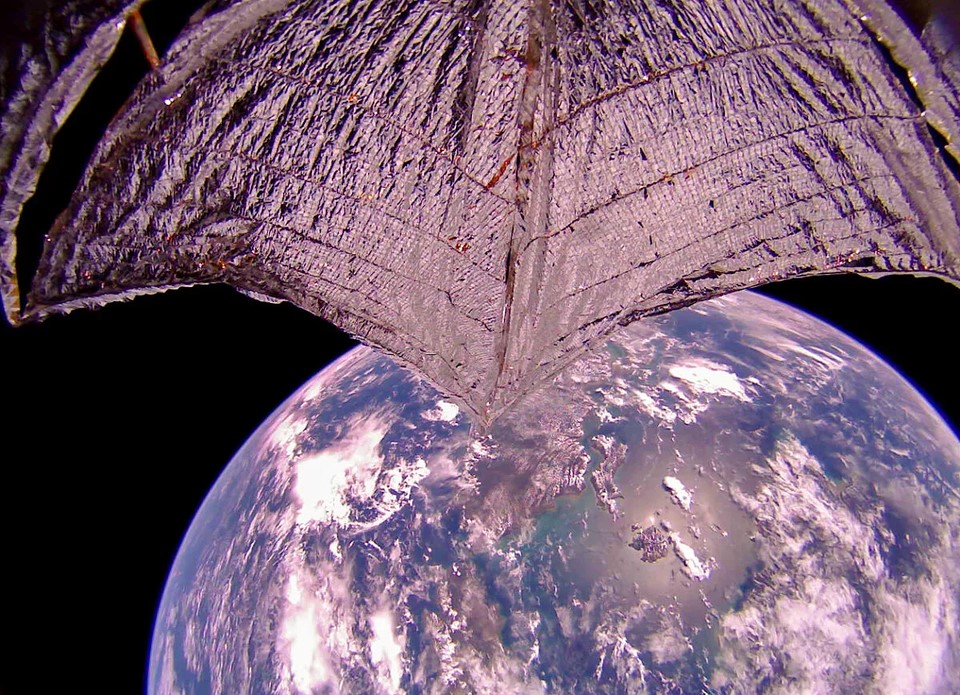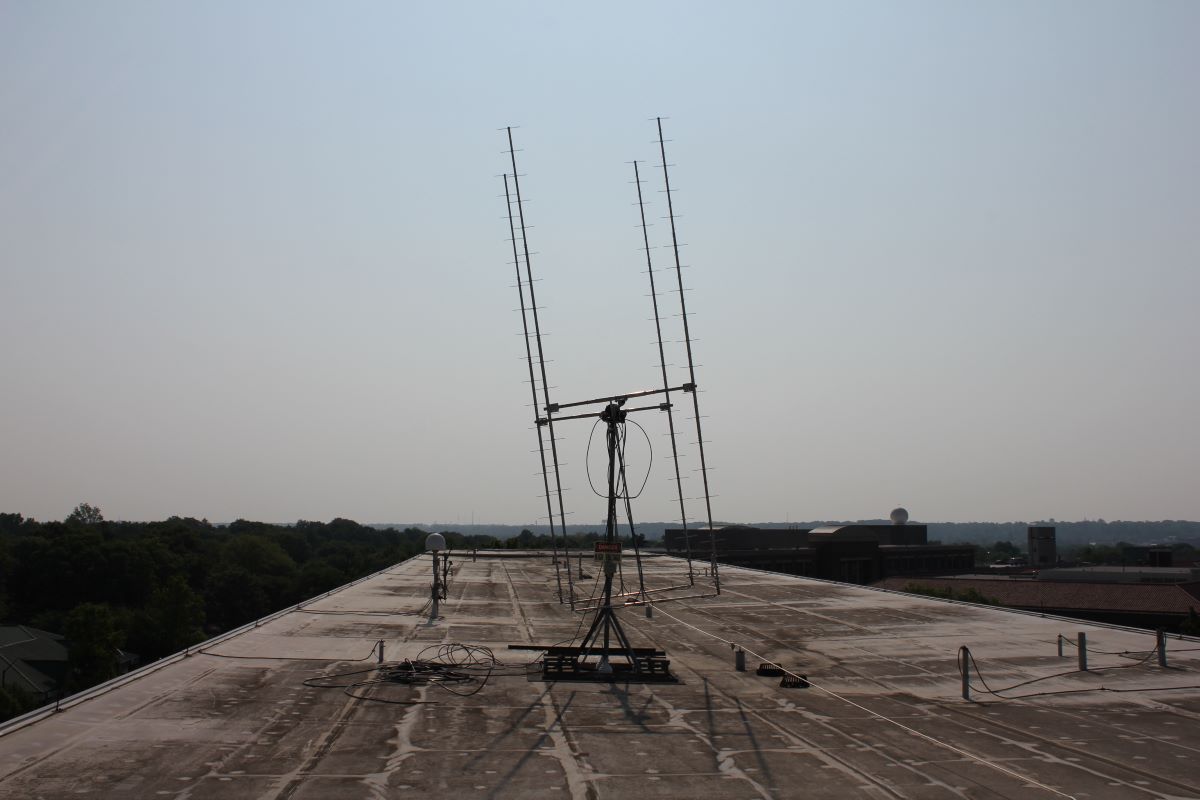
Over the summer of 2023, the School of Aeronautics and Astronautics gained access to an additional 4,415 square feet of lab space in the basement of Armstrong Hall. Associate professor Sally Bane’s aerodynamics and fluid mechanics labs total more than 400 students spread across multiple sessions. She says moving her lab equipment to room B098 will be great for students.
“In our previous space, we had one low-speed wind tunnel, one water tunnel, and one supersonic tunnel for hundreds of students to use. This new lab space allows us to have two or even three copies of each experiment, so now the students can have more time interacting hands-on with the equipment in smaller teams,” Bane says. “We can now accommodate our exploding undergraduate enrollment while still providing a high quality, hands-on learning experience.”

AAE is the fastest-growing school in the Purdue College of Engineering, breaking undergraduate attendance records year-over-year since 2015. Professor Art Frazho’s control systems lab, now adjacent to Bane’s in the new space, supports more than 200 students.
Professor Steven Collicott, who teaches the team-based Zero Gravity Flight Experiments course, has been able to move that operation to a larger lab that Bane vacated. He supports about 100 students in that course. “This shift to room 3098 provides more floor space, which is greatly appreciated. It begins to address the needs of the very large enrollment that AAE’s decades of successes have generated.”

Financial support to move equipment and build out these lab spaces came from Strategic Initiative Funds, which are provided by the Purdue for Life Foundation on behalf of Purdue’s loyal donors.
AAE instruction manager Chell Nyquist spearheaded the project, coordinating the necessary construction, wiring and plumbing work to revamp the space and the logistics of moving sensitive lab equipment. In December 2022, Nyquist received the Professional Achievement Award from the College of Engineering. “Chell is worth his weight in gold,” says April Sauer, AAE operations manager.
Additionally, in fall 2023, the department secured more than 5,000 square feet of space for student projects at the Purdue Technology Center. It will be outfitted with fabrication equipment and other tools that student clubs can use to prepare for collegiate competitions.

Images like this one were downloaded from Lightsail 2 through Purdue’s antenna and ground station. (Photo courtesy The Planetary Society)
A satellite communications antenna has been restored and relocated to the roof of Armstrong Hall, from its previous location atop the off-campus Purdue Technology Center.
Tony Cofer, spacecraft laboratory engineer for AAE, refurbished its cables and motors and made other repairs in recommissioning it. “We can theoretically put out 550 Watts, though I don't like to push it over 400. This one was made to track and download data from Lightsail 2,” Cofer says.
Lightsail 2 was a citizen-funded project, designed by Purdue researchers and launched by The Planetary Society to test solar sail propulsion technology. Cofer says most of the images it captured were downloaded through this antenna and ground station.
Now that it’s operational again, the antenna will communicate with the FEMTA-enhanced Laser Communications Satellite (FLaC-Sat) and Aerodynamic De-orbit Experiment (ADE), both of which are part of design-build-fly courses in the Vertically Integrated Projects program in AAE.
